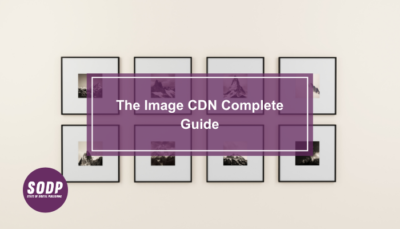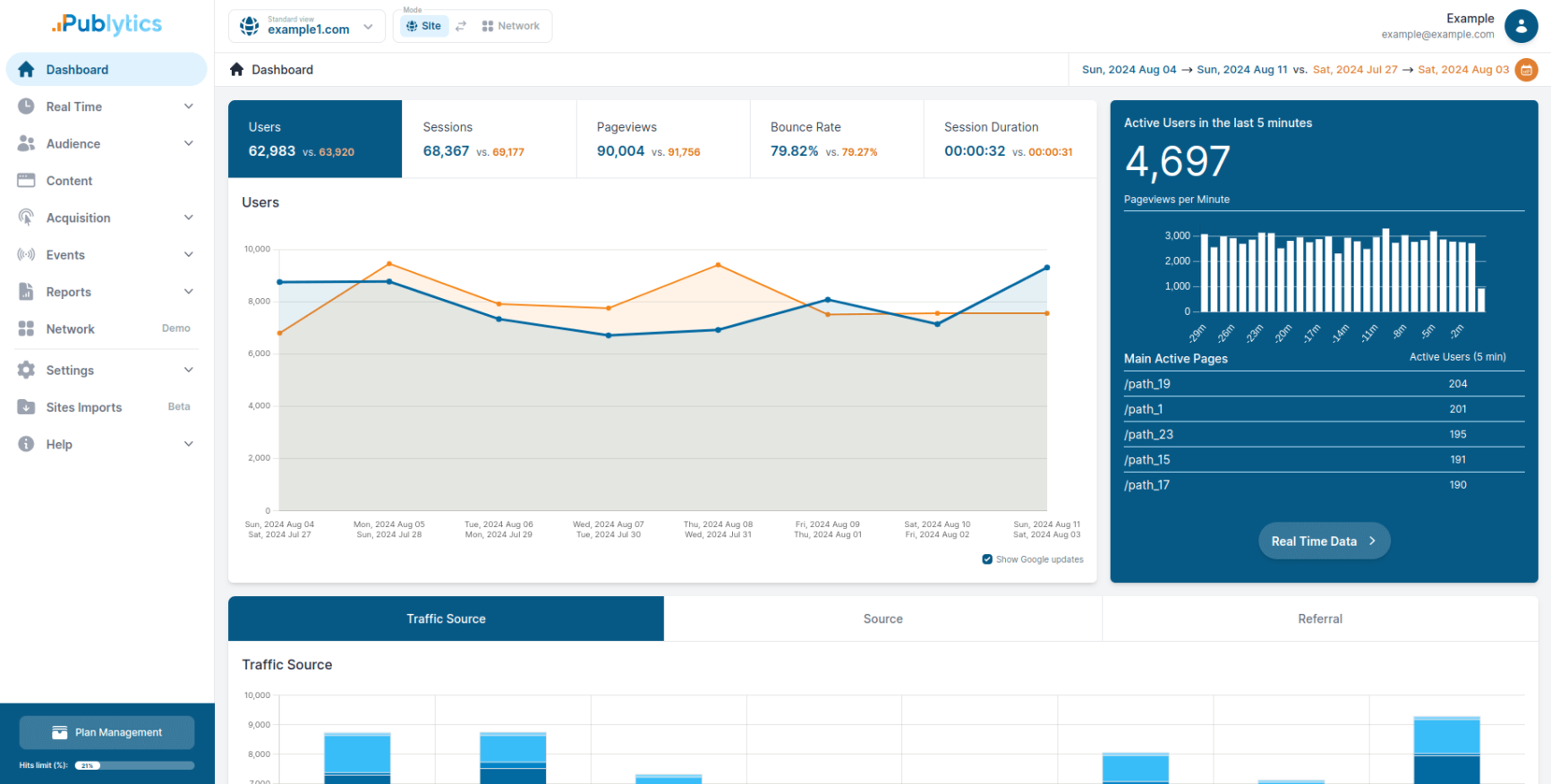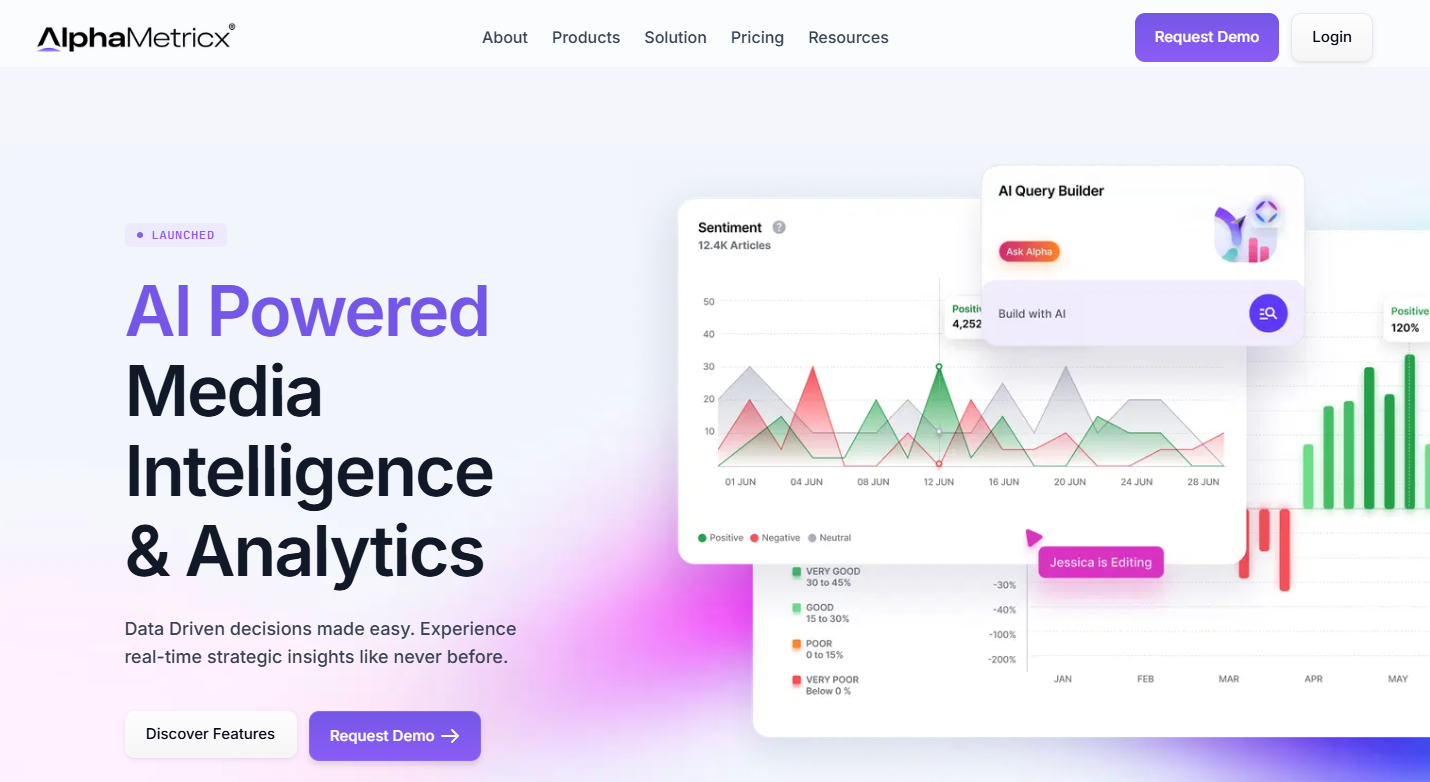High-quality images and fast site load speed play a crucial role in overall customer experience, engagement, and conversions on a website.
With a visually compelling website, there’s always a challenge in regard to site load speed. Multiple high-quality images usually slow down website speed. So, how do websites with high-quality images manage to attain that lightning-fast load speed? Let’s help you out with this dilemma.
The quick and reliable solution is using an image CDN (Content Delivery Network). A CDN streamlines image delivery pipeline. It handles images during the entire media pipeline, from uploading images to displaying them according to the end user’s device and location. Thus, image CDNs will help in providing the best possible user experience.
This Image CDN guide covers everything in detail that you need to know about CDN (Content Delivery Network).
Table of Contents
How is An Image CDN Different from an Asset Management Platform
Image CDNs deliver static files for optimal load times and faster response time. At the same time, Asset Management Platforms store and manage the data behind a product or service (such as videos, images, and PDFs).
Pros of Image CDN
Pros
- No code bloat. It can be simply deployed through a plugin or image tag prefixing.
- With Image CDN, businesses can eliminate 90% of image workflow with just a single, high-quality image.
- No maintenance, no image format or breakpoint keeping is required.
- Device detection is built into CDN edge servers which ensures accurate device-specific image optimization.
- Faster image payload delivery since images are stored on CDN edge servers.
- Image directives for excellent control when required.
- Fully automatic, using the most compelling image format possible.
When Is an Image CDN Useful?
According to a recent report by Google, 53% of people leave a mobile page after 3 seconds, and more than 50% of users access sites through a mobile device.
Hence, to withstand competitors, a web page should load fast and serve the user request. Here are a few unquestionable signs that showcase why business owners should use an Image CDN:
- The target audience is international, and they want a fluent experience for them.
- Website takes more than 3 seconds to load. For website Page Speed, refer to Google PageSpeed Insights.
- Mobile traffic on the website transcends desktop.
- If the website contains thousands of images, it needs image optimization every time images are uploaded.
Apart from these, there are several ways to examine whether a website or platform needs an Image CDN. A CDN can be an outstanding solution for a business that primarily serving customers internationally and globally. News and media sites tend to be dynamically updated with the latest news. Moreover, they are usually content-heavy due to interactive elements used to maximize the user dwell time. As image CDNs ensure that the content delivery persists to be fast and is highly responsive to bring the news to the users in real-time, bras sites can benefit enormously from Image CDN services.
How Image CDN Can Help Media or News Sites?
Online news outlets must take the required precautions to deliver their content to their audience faster and Image CDNs play a vital role in it. From content creators to publishers, everyone needs to keep Image Optimization as a priority for improving customer experience.
- CDN’s Focus is Technology
Image CDN focuses on technology that delivers fast content to end-users. With CDN, media sites can gain there benefits of image optimization, edge caching, SEO optimization, and more.
- CDN Helps in Improved Performance and Lower Latency Rate
According to a recent study by Amazon, a delay of just 100ms can cause a loss of 1% potential visitors. With the help of an Image CDN, media sites can increase the speed of their website and drop the latency. Fast performance and 100% uptime of the site help to guarantee user satisfaction.
- CDN Improves SEO and Search Ranking
Since the competition is high, media sites and publishers want their sites to be ranked higher on Google. Image CDNs improve the speed at which the site loads and contribute to search rankings. Though search rankings are not specific to CDNs, they definitely contribute to site’s rankings.
- Reduces Traffic Overload
Almost every news site experiences a high-stress situation due to traffic load. With the help of highly distributed and redundant architecture of CDN, the requests from different locations get redirected to the cache servers, thus making content available for all. Without a CDN, all the traffic gets consumed by origin infrastructure.
How does an Image CDN Improve Performance?
Image CDN follows a straight flow in improving the performance. Handling both user’s request and the host’s image response, CDNs follow some specific steps for image transformations.
There are various steps involved in improving the performance, let’s discuss how Image CDN work:
Step 1 – User Requests An Image
When the user visits a website, the image request is sent to the CDN.
Step 2 – CDN Transmits Request To Processing Server
Once CDN receives the request, if it does not have a cached image in its server, it will ask for the same image from its processing servers.
Step 3 – Send A Cached Image
If the processing server consists of the requested image, it will send it through. Otherwise, it will fetch images from the image CDN’s library or external storage. In the case of several image CDNs, there’s no need to upload different versions of the same image, the system can do all the required transformations with a single source file.
Step 4 – Optimizing The Image
The processing server then starts image compression to optimize images in real-time. Once the image quality is attained, it will save a copy of the newly optimized images in storage for future image requests. The final step for the processing server will be sending the Image to the CDN.
Step 5 – CDN Delivers The Image
The image CDN server then transmits the image to the user’s device, thus reducing the image payload time. It then stores it on its servers for any future requests.
Important Infrastructure-Level Features of an Image CDN
We have now covered how image content delivery networks work. Now let’s look at the infrastructure features of an image CDN that will assist in delivering optimized CDN images on websites and mobile apps with minimum effort.
1. Integration with Existing Storages and Servers
This is quite an essential infrastructure feature that one should be looking for in an image CDN.
If a business already has a website, it will definitely have a lot of original images being used in a specific location on the storage service or server. Website’s methods to upload images to their content management systems, storage, and how teams are using them are also fixed and mature by that time.
Hence, businesses don’t want an image CDN where either all their images need to be shifted to designated storage to use its features or where they need to make a lot of changes to their image management systems.
In this scenario, what a website/business owner is looking for is an Image CDN service that can easily integrate with existing systems and assist in delivering resized and optimized images across all devices.
According to YourStory, Gumlet image optimization reduced their content delivery costs by 20% and sped up their page load time by more than 15%. You can refer to their detailed case study.
2. Selection of the Image CDN
Building an image delivery network is a non-trivial task. Most image CDNs rely on an established Content Delivery Network to deliver images.
Hence, the content delivery network used to create high visual quality, responsive images is the first thing one should check when evaluating an image CDN.
Good image CDN ensures that a website owner gets the fastest possible content delivery across the globe.
Website owners running websites with millions of page views every month might have their preferred CDN. The preference depends on the strength of the image CDN in a particular region, contractual obligations and use cases.
Either way, the image CDN should support integration with other CDNs.
Moreover, a good Image CDN tracks proper image processing analytics such as bandwidth consumption, bandwidth savings, requests and image transformations.
3. Location of the Image Processing Regions
While transferring images, image CDN with a website’s server requires a few milliseconds to fetch the image from the storage and shift it to CDN’s processing server. Hence, the lesser the geographical distance, the lesser the time to regain the original image and hence faster the image payload.
Similarly, any image URL request not delivered from the CDN cache goes directly to the processing server for new or retrieval processing. So, if the distance between the processing server and CDN cache is higher, it will take more time to fulfil this request.
Therefore, it is advisable to choose an image CDN that has processing regions close to either the business’s existing infrastructure or its end-users.
4. HTTPS and HTTP/2
HTTPS is a protocol used for transmitting data from a user’s browser to the website’s server securely. Google always prefers HTTPS enabled websites over their HTTP counterparts. Moreover, browsers such as Chrome and Safari also offer subtle preferences to secure websites. Google utilizes a padlock in the address bar to register secure websites.
Furthermore, HTTP/2 is an upgrade to the HTTP/1.1 protocol. It allows faster data transfer and page load. A faster page load time enhances the overall user experience and also plays a vital role in SEO.
Given the role of HTTPS and HTTP/2 in securing websites, faster page loads, and SEO, an image CDN should definitely support them.
5. Availability of an Integrated Media Library
This one might be non-essential in several cases. But, if used properly, it can be an excellent add-on. It can assist in completely restoring the image management systems and make them more effective.
It can be helpful for companies with multiple stakeholders and large fragmented teams that are working on the images on apps or websites having a central media library for managing, storing, and searching.
How do I Choose the Right Image CDN?
Being a website owner, it can be challenging to choose the right Image CDN for your business. So, let’s discuss the essential elements of an effective CDN:
#1: Good Network Size and Distribution
First things first, your chosen Image CDN service provider should have an extensive network.
In simple terms, with more servers, you can deliver reliable and faster content. Moreover, more servers mean greater redundancy, less buffering, and more scalability.
Content from our partners
Also, when choosing a CDN, it’s essential to consider geographic distribution. For example, many Image CDNs have good coverage in the US as well as in Europe, where there are more data centres.
Takeaway: In this competitive era, where everyone aims to provide the best user experience, look for a global CDN service provider. It will help you in reaching a global audience.
#2: Robust Customer Support
Customer support is the core of any business. Look for an Image CDN service provider that provides knowledgeable and responsive customer support.
It can be confusing for first-time users to set up a CDN. You might need professional assistance to help you with the technical elements. A technical error would be the last thing that you want. Also, there are high chances you might not realize the error until you encounter problems during a critical broadcast.
While comparing tech support features, look for the following:
- 24/7 Availability
- In-house customer support
- Staffed by professional experts
- Three forms of access should be available: Chat, phone and email.
Takeaway: Always opt for an Image CDN option that offers 24/7, in-house tech support. It helps in preventing undesirable issues while broadcasting live.
#3: Affordable and Transparent Pricing
Thirdly and most importantly, a professional and reliable Image CDN should offer affordable and transparent pricing.
Most Image CDNs are priced in either of these ways:
The first one is via custom negotiated contracts. The best and largest CDNs offer custom contract pricing. The website owner can choose depending on the provided features and bandwidth; pricing may vary considerably. You need to sign up for this type of pricing model.
The other standard pricing model for CDN service providers is based on usage. The pricing for this model is determined by the GBs used and usually goes down as volume rises.
Prices for CDN services may also vary by region.
Takeaway: Choose a CDN service provider that offers all the required features in the suitable pricing model for your needs.
Images are a vital part of all websites and apps, from their visual quality to their size and loading time. Hence, optimizing images should be a major priority for any website or app owner who wants to deliver a fantastic user experience.
Now that you are aware of everything about Image CDNs, how they work and how to evaluate the right CDN providers, let’s make it easy for you to deliver perfect images across devices.














